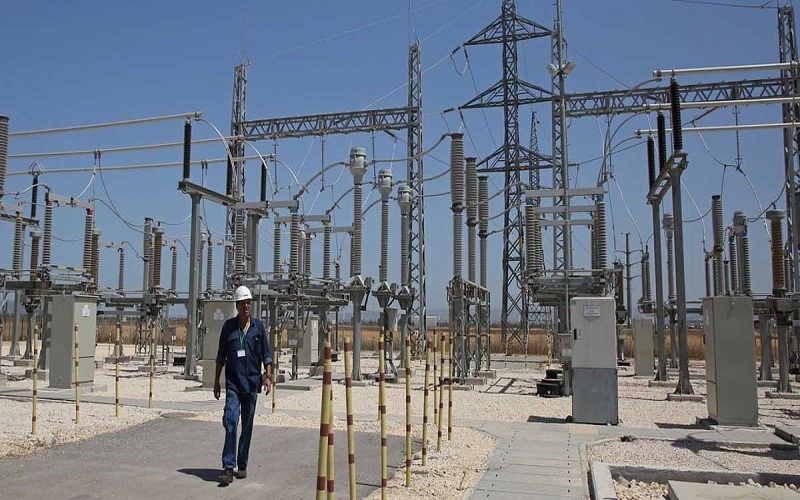In the contemporary landscape of construction and infrastructure development, electrical supply chain management presents a unique set of challenges. From getting the raw materials to providing the finished goods, electrical contractors have to deal with problems that can slow them down, raise costs, and make them less profitable. In this article, we delve into the current challenges within the electrical supply chain and propose strategies for contractors to mitigate these issues and maintain profitability.
Understanding The Challenges
1. Supply Chain Disruptions
One of the most pressing challenges in electrical supply chain management is the susceptibility to disruptions. The flow of materials and parts can be slowed down by things like natural disasters, international tensions, and global pandemics. This can cause projects to take longer than planned and cost more. The COVID-19 pandemic, for instance, highlighted the vulnerability of global supply chains, causing shortages of essential electrical components and equipment.
2. Inventory Management
Effective inventory management is crucial for contractors to ensure that they have the right materials available when needed while minimizing excess inventory. However, balancing inventory levels with demand forecasts can be complex, especially in the dynamic construction industry where project timelines and requirements frequently change.
3. Quality Control
The most important thing for the success of electrical projects is to keep quality high throughout the supply chain. Contractors must ensure that the materials and components sourced meet stringent quality standards to avoid rework, project delays, and reputational damage.
4. Compliance And Regulatory Requirements
Navigating the regulatory landscape poses significant challenges for contractors in the electrical supply chain. Compliance with industry standards, building codes, and environmental regulations adds layers of complexity to procurement and project execution.
5. Cost Management
Cost pressures are ever-present in the construction industry, and electrical contractors must find ways to optimize costs throughout the supply chain without compromising quality or safety standards. Fluctuations in commodity prices, currency exchange rates, and transportation costs further exacerbate the challenge of cost management.
Strategies For Mitigation
1. Diversification Of Suppliers
To lower the chance of problems in the supply chain, contractors should work with a variety of suppliers. Establishing relationships with multiple suppliers for critical materials and components helps spread risk and provides alternatives in case of disruptions from any single source.
2. Collaboration And Communication
For supply chain management to work well, all parties involved must be able to work together and talk to each other clearly. Contractors should maintain open channels of communication with suppliers, subcontractors, and project partners to anticipate potential issues and coordinate responses effectively.
3. Adoption Of Technology
Technological advancement offer opportunities to streamline supply chain processes and improve visibility and control. Implementing inventory management systems, supply chain analytics tools, and real-time tracking technologies can enhance efficiency, reduce inventory holding costs, and enable proactive decision-making.
4. Quality Assurance Programs
Investing in robust quality assurance programs is critical to ensuring the reliability and performance of electrical components and systems. Contractors should work closely with suppliers to establish quality standards, conduct regular audits and inspections, and implement corrective measures when deviations occur.
5. Regulatory Compliance
It is very important for workers in the electrical supply chain to keep up with changes in regulations and make sure they follow industry standards. Establishing a dedicated compliance team, leveraging technology for regulatory tracking, and investing in employee training can help mitigate compliance risks.
6. Value Engineering
Value engineering is the process of improving the planning and building processes so that they create the most value while minimizing costs. Companies working on construction projects should use value engineering to find ways to cut costs without lowering the standard or performance of the work.
7. Strategic Sourcing
Strategic sourcing involves evaluating suppliers based on factors such as cost, quality, reliability, and sustainability. Contractors should conduct thorough supplier evaluations, negotiate favorable terms, and establish long-term partnerships with trusted suppliers to mitigate risks and drive value.
8. Risk Management
To deal with the unknowns in the electricity supply chain, you need to come up with a complete risk management plan. Contractors should identify potential risks, assess their impact and likelihood, and implement mitigation measures such as contingency planning, insurance coverage, and risk-sharing agreements.
Conclusion
The challenges inherent in electrical supply chain management require contractors to adopt proactive strategies to mitigate risks and maintain profitability. By diversifying suppliers, enhancing collaboration, leveraging technology, and prioritizing quality and compliance, contractors can navigate the complexities of the supply chain landscape effectively. Moreover, embracing value engineering, strategic sourcing, and risk management practices can help optimize costs and drive sustainable growth in the electrical construction industry. As the industry continues to evolve, contractors must remain agile and adaptive, continually seeking opportunities to innovate and optimize their supply chain operations.

